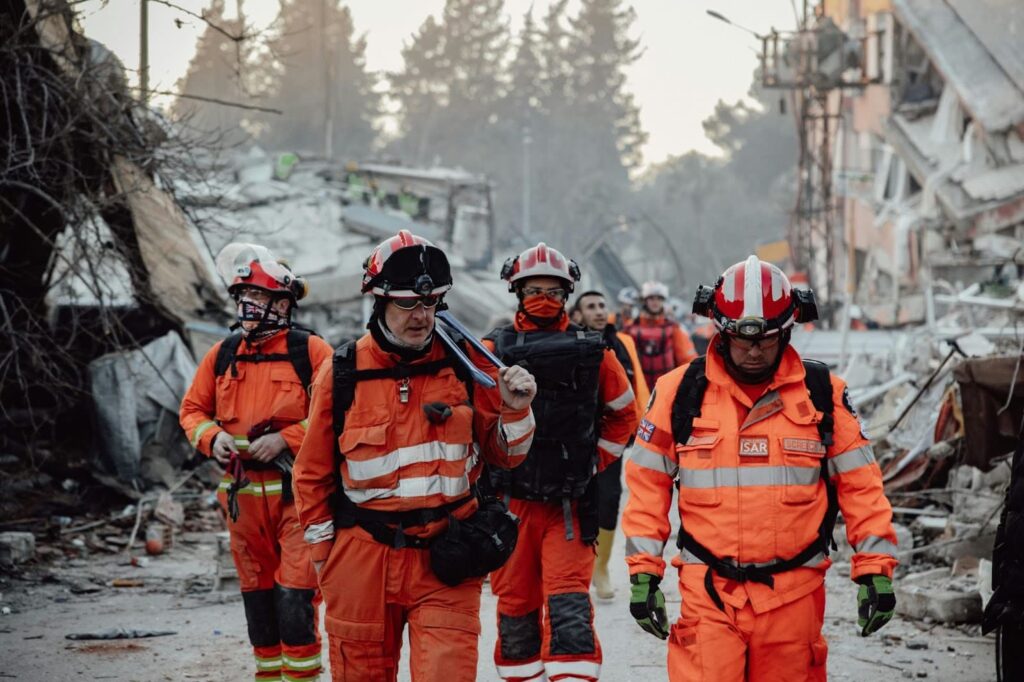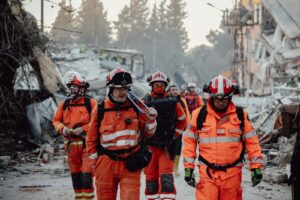
When disaster strikes, who responds first? Governments often struggle with bureaucracy and slow decision-making, while international organizations take time to mobilize. This is where non-governmental organizations (NGOs) step in, offering rapid, effective, and flexible humanitarian aid. From natural disasters to refugee crises, NGOs provide immediate assistance, long-term support, and even policy advocacy to prevent future catastrophes. Their role is essential, but how exactly do they shape humanitarian aid?
Many people searching for ways to contribute to humanitarian causes, or even those looking for socially responsible initiatives, may come across platforms like https://gratis-sin-deposito.com/. While primarily focused on gaming and entertainment, such platforms sometimes support NGOs through donations and charity campaigns, showing how different sectors can play a role in humanitarian work.
So, how do NGOs help during crises? What are the real-world challenges they face? Let’s explore the powerful impact of NGOs and the strategies that make them essential in humanitarian aid.
The Immediate Response: How NGOs Act in Crisis
Unlike governments, NGOs do not need to navigate complex political decisions before acting. Their agility and independence allow them to deploy resources quickly and efficiently. Their crisis response efforts typically include:
- Medical aid – Providing doctors, nurses, and medical supplies in disaster zones.
- Food distribution – Delivering essential nutrition to people affected by famine or war.
- Emergency shelter – Setting up refugee camps and temporary housing after natural disasters.
- Psychological support – Offering trauma counseling to victims of war and violence.
- Logistics and coordination – Organizing safe transportation for displaced people.
One of the key strengths of NGOs is their on-the-ground knowledge. Many organizations, especially smaller ones, are embedded in local communities, ensuring that aid reaches the most vulnerable populations without unnecessary delays.
Challenges NGOs Face in Humanitarian Work
While NGOs play a crucial role in crisis response, their work is far from easy. They encounter significant obstacles, including funding shortages, security risks, and logistical nightmares. Some of the biggest challenges include:
- Political barriers – Governments sometimes block NGOs from accessing certain areas due to political conflicts.
- Corruption and mismanagement – In some cases, aid is misused or stolen before reaching those in need.
- Donor fatigue – Constant global crises lead to reduced funding from the public and organizations.
- Coordination with other entities – Multiple NGOs operating in the same area can sometimes lead to inefficiency.
A real-world example of these challenges was seen during the Syrian refugee crisis. Many NGOs struggled to provide aid due to restrictive border policies, insufficient funding, and security threats. Despite these difficulties, organizations like Médecins Sans Frontières (Doctors Without Borders) continued to operate makeshift hospitals and provide essential medical services.
Comparing Local and International NGOs
Both local and international NGOs contribute to humanitarian efforts, but their approaches and impact differ. Here’s a comparison of their strengths and limitations:
| Factor | Local NGOs | International NGOs |
|---|---|---|
| Speed of Response | Faster, as they are already embedded in the community | Slower due to international logistics |
| Funding | Limited, reliant on local donations | Large-scale funding from global donors |
| Expertise | Deep understanding of local issues | Broad experience in large-scale operations |
| Challenges | Limited resources and infrastructure | Bureaucratic processes and higher costs |
While international NGOs bring large-scale solutions, local organizations often provide culturally appropriate and sustainable aid, ensuring that communities regain self-sufficiency rather than dependency on external help.
The Future of Humanitarian Aid: What’s Next for NGOs?
With climate change, political conflicts, and economic instability increasing the number of humanitarian crises, NGOs must constantly evolve. Emerging technologies such as AI-driven crisis prediction, drone delivery for aid supplies, and blockchain for transparent donations are revolutionizing how organizations respond to disasters.

However, the question remains: Will NGOs be able to maintain their independence in a world where political and corporate interests often interfere with humanitarian work? More than ever, NGOs must strengthen collaborations with governments, private companies, and local communities to ensure aid reaches those who need it most.
NGOs are the backbone of humanitarian aid, filling gaps where governments and international bodies fall short. Their rapid response, adaptability, and commitment to human rights make them invaluable in crises worldwide. However, they face numerous challenges, from political restrictions to financial limitations, that often hinder their work. The future of humanitarian aid depends on NGOs’ ability to innovate, collaborate, and remain independent in an increasingly complex world. Will they continue to lead humanitarian efforts, or will external pressures change the landscape of global aid? One thing is clear: as long as crises exist, NGOs will be there, working tirelessly to make a difference.
FAQ
Why do some governments restrict NGOs from operating in crisis areas?
Some governments fear that NGOs might expose human rights violations, interfere with political agendas, or work against state-controlled relief efforts.
How can ordinary people support NGOs beyond monetary donations?
Volunteering, raising awareness, and advocating for policies that support humanitarian efforts are great ways to contribute.
What is the biggest misconception about NGOs in crisis situations?
Many believe NGOs always have unlimited resources, but in reality, they struggle with funding, coordination, and bureaucratic hurdles like any other organization.



